 The March 21 “Let Us Loop You In” Apple event might have been a bit of a disappointment to some, since a lot of the Apple product line was ignored. While there were no announcements of new MacBooks or an upgraded Mac Pro, what we did hear about was rather inspiring. The new devices announced — the iPhone SE and 9.7-inch iPad Pro — bring some dated designs (the iPhone 5s and iPad Air 2) up to date. In this overview, I’ll drill into the Apple event announcements a bit deeper to bring you up to speed on the latest from Cupertino.
The March 21 “Let Us Loop You In” Apple event might have been a bit of a disappointment to some, since a lot of the Apple product line was ignored. While there were no announcements of new MacBooks or an upgraded Mac Pro, what we did hear about was rather inspiring. The new devices announced — the iPhone SE and 9.7-inch iPad Pro — bring some dated designs (the iPhone 5s and iPad Air 2) up to date. In this overview, I’ll drill into the Apple event announcements a bit deeper to bring you up to speed on the latest from Cupertino.
Environmental Initiatives
Apple is widely known as a leader in green technology, along with other companies such as OWC that recognize that “sustainability is good business”. At the beginning of the Apple event, Apple CEO Tim Cook and environmental VP Lisa Jackson both highlighted the company’s progress both in terms of renewable energy and recycling/reuse.
The company’s eventual goal is to use 100% renewable energy, and it was announced that while facilities in many countries — including the US — are meeting that goal, the overall level at this time is 93%. Apple highlighted how they’re using available space to build new solar arrays, with a solar concentrator array in Sichuan, China coexisting with grazing yak, while photovoltaic arrays atop apartment complexes in Singapore provide clean energy for the companies facilities in that city-state.
But the star of the day was undoubtedly Liam, a robot designed by Apple to quickly tear apart iPhones for reuse and recycling of materials.
I think Apple may have a future in robotics…
ResearchKit and CareKit
Apple has also made great strides since last year’s introduction of ResearchKit, a developer framework for creating apps for medical research studies. Since ResearchKit first arrived, many universities, research facilities, and hospitals have created apps that are gathering important data that is — in many cases — leading to new cures and treatments.
Yesterday, Apple highlighted the accomplishments of ResearchKit, but also introduced a new framework called CareKit that is designed to make it easier for patients to follow up on surgery or doctor visits with guided care. CareKit apps replace the usual stack of printouts from healthcare professionals with easy to follow schedules of care, instructions on how to perform care, and when to take medicines. We’re sure to see many more apps based on CareKit from healthcare providers soon, and since it — like ResearchKit — is an open source initiative, it will be widely adopted.
Apple Watch Bands
Unsurprisingly, Apple didn’t release any new Apple Watches, instead focusing on the way that a full 33% of Watch owners like to customize their smartwatch — with new bands.
There’s a new space gray Milanese Loop band, a ton of new colors for the Sport Band and Classic Buckle Band, and a completely new model of band — the Woven Nylon Band (see image below). These bands are colorful and comfortable, and also quite affordable at just $49.
I counted 55 different band types that are available, not counting the different watch sizes or the Hermes watches. The latter includes 10 different models, so the Watch ecosystem is growing quickly.
The company did not divulge sales figures for the Apple Watch, just stating that it was the “best-selling smartwatch” at this time. The Apple Watch also has a new price, starting at $299.
iPhone SE
Of course, almost everyone expected a new 4-inch iPhone to be announced by Apple. What was probably the biggest surprise was that the iPhone SE is encased in a body that is quite similar to the iPhone 5 and 5s. How close is the design? Most accessory manufacturers are still able to use their iPhone 5/5s cases for the iPhone SE. That means the design is very similar.
While the external body of the iPhone SE may not have changed, the internals are a vast improvement over the iPhone 5s. The SE uses the same A9 processor and M9 motion coprocessor that are used in the iPhone 6s and 6s Plus. It has the same camera — 12 megapixels — as the 6s/6s Plus, with the ability to take Live Photos, shoot 4K video, and take 63 megapixel panoramas.
Touch ID is built in, as is an Near Field Communication chip allowing the iPhone SE to be used for Apple Pay. Networking, both over cellular and Wi-Fi networks, is vastly improved over the iPhone 5s.
So what’s missing from the iPhone SE? Although it’s quite similar in terms of power to an iPhone 6s/6s Plus, the SE doesn’t have 3D Touch. There probably wasn’t enough room inside the case for the Taptic Engine and the pressure sensitive display while still keeping a reasonably sized battery pack. Peek, Pop, and Quick Actions are still the domain of the high-end iPhones for at least the foreseeable future.
Two other things surprised me about the iPhone SE. First, although Apple’s trying to make iCloud the storage place for all your music, photos, video and data, I can’t believe that the company stuck with 16GB as a base storage amount. At least the other option provides 64GB of storage. The second surprise was the price tag: $399 for the 16GB model, $499 for the 64GB model. That definitely puts the device at the low end of the Apple smartphone range in terms of price, as those prices are for unsubsidized phones. The company shows carrier financing of the SE from $13.30 per month, which makes this a very affordable phone.
The iPhone SE is targeted to that vast audience of iPhone users who have stayed by their trusty 4-inch iPhone 4s, 5, or 5s for years, watching as the larger and more expensive models were released. Finally, there’s a small iPhone in a familiar body that has most of the power of the top-of-the-line iPhones, but with a reasonable price point. I think that Apple is going to sell a lot of these beginning on March 24, when pre-orders open. Wall Street must agree, since Apple’s stock price has climbed almost $2 per share since yesterday’s announcement.
9.7-inch iPad Pro
Apple also upped the specs for its 9.7-inch tablets with the introduction of the new 9.7-inch iPad Pro. As with its 12.9-inch big brother, the new iPad Pro features four stereo speakers in the corners of the device, an A9X processor and M9 coprocessor, and a new True Tone 2048 by 1536 pixel display. True Tone is quite an accomplishment, and uses ambient light sensors to determine the warmth or coolness of the ambient light around you. As a result, when you look at a “piece of paper” on the iPad Pro screen, it will look similar to a real piece of paper exposed to the same ambient light.
Perhaps the biggest change is the addition of a 12 megapixel iSight camera to the back of the smaller iPad Pro. Apple put a measly 8 megapixel camera on the 12.9-inch iPad Pro, under the correct assumption that very few people wanted to look completely foolish holding up a huge device to take photos or video. Many people use 9.7-inch iPads for photography and videography…although it still looks pretty absurd! So the new iPad Pro has been endowed with the same camera and capabilities found in the iPhone SE, iPhone 6s and iPhone 6s Plus.
A friend of mine pointed out what he considers to be a design flaw in the new iPad Pro, and that’s the protruding camera of the device. As he points out, like the protruding cameras on the iPhones listed above, it’s going to make any 9.7-inch iPad Pro that’s placed onto a flat table wobble. My comment? Just use a case that is thicker than the protruding camera lens.
The iPad Pro has the same Smart Connector found on the larger model, and that means it’s also able to use a Bluetooth-free Smart Keyboard like its big brother. I personally like the use of the Smart Connector, as it means that a keyboard is no longer something you need to be concerned about keeping charged up.
One fascinating feature of the smaller iPad Pro is that it uses an embedded Apple SIM card for certain Wi-Fi + Cellular models. Most iPads now use Apple SIMs, which allow cellular data plan provisioning on the fly in over 90 countries, but those are removable SIM cards. The new iPad Pro uses one that is built in and non-removable.
I thought one of the most interesting comments during the event was that Apple considers the iPad Pro line to be a PC replacement, and they’re targeting the more than 60 million PCs that are considered obsolete. At a starting price point of $599 for a 32GB Wi-Fi model, the iPad Pro will still be more expensive than the ridiculously cheap PCs that are churned out by the millions. There are a lot of people who have become Apple fans because of the iPhone, however, and those customers could very well realize that the higher price comes with quality and capability.
The smaller iPad Pro could very well jumpstart the tablet market again, particularly if Apple advertises the device as a PC replacement. If that happens, the iPad Pro could very well begin the extinction of the Mac line…but there are a lot of improvements that would need to happen before that happens.
For those who were hoping for some word about the Mac, my advice is to wait until June’s WorldWide Developer Conference, where we’ll most likely see new and more powerful Macs coming out. Some rumors — sadly from a site that has a bad track record — say that new, thinner 13-inch and 15-inch MacBooks will be forthcoming, all with Retina displays. As it is, yesterday’s event may be a glimpse of a future where an much-improved iOS and more powerful iPads replace laptops, PCs, and even desktop Macs for a growing number of users.

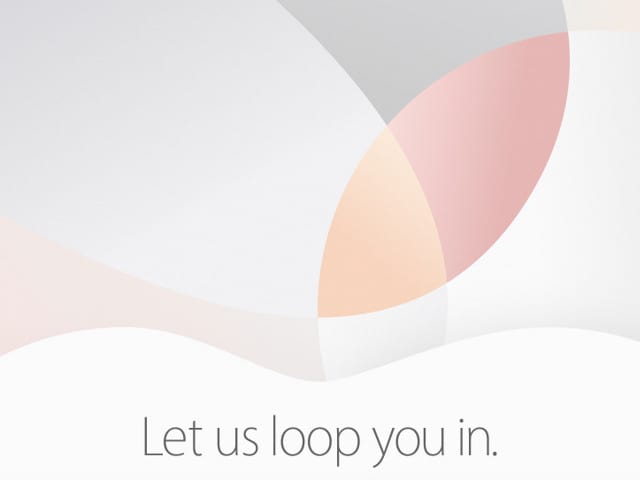

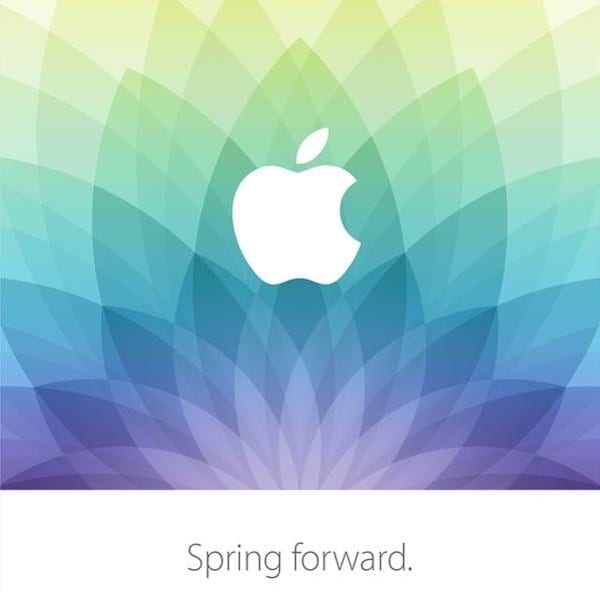
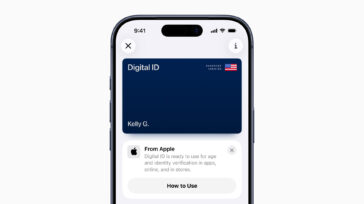
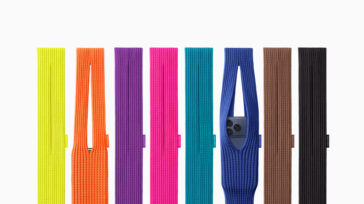

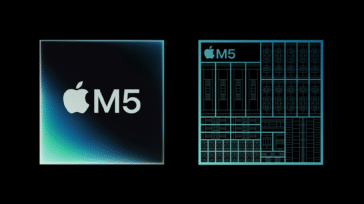


Thanks, Steve. It does include my provider, so I guess things should be all right. My original iPad Air has Wi-Fi only — dumb decision on my part.
You can check out the capabilities of the embedded Apple SIM here:
http://www.apple.com/ipad/LTE/#ipad-pro-9-7
Note that if you’re not in the US, you may be able to purchase the version without the embedded SIM.
The iPad Pros have only been available for a few months, but I think that as developers have a chance to really work with the power of the device we’ll see some impressive apps become available in the future. It’s honestly too bad that Apple doesn’t consider developing its own “Pro apps” for iPad Pro.
Steve
I did not realize that the SIM chip will be embedded. That may deter me from buying this iPad, and I was ready to do so on Thursday, but was expecting a removable chip. What will the embedded chip permit, and not permit?
Also, it is a long way from replacing my MacBook Pros when it can’t run software like Final Cut Pro X, etc.
Reading the comparison sheet it implies the embedded SIM and SIM drawer are both there. Can’t say for sure without looking at one but the comparison sheet for the 9,7″ iPad Pro shows it is possible to install a SIM in the drawer.
Yes, I wondered about that, too. Occasionally, Apple has stated something like that and later had to clarify that it was an error in editing, or some such glitch. Their copy seemed to be saying “embedded only,” while the specs (or some other document that I can’t now recall) said that there was a drawer. I will have the 9.7″ device in hand within a week or so, and then it will be obvious, but right now, I’m not at all clear on what will be possible
Kevin – from what I have heard there IS a drawer, and the device can actually have two SIMs — the embedded and one that has been added. However, as you’d expect, only one SIM can be in use at a time.
Steve
I wonder how that will work out. As I understand it, I can access a whole bunch of phone service providers, including my regular ones, from the hard-wired SIM card. Why, then, would I want an additional one?